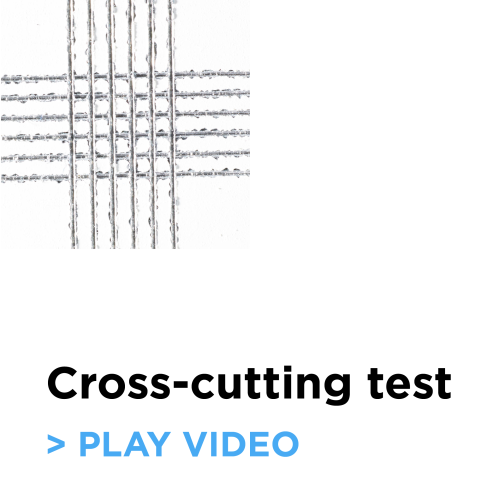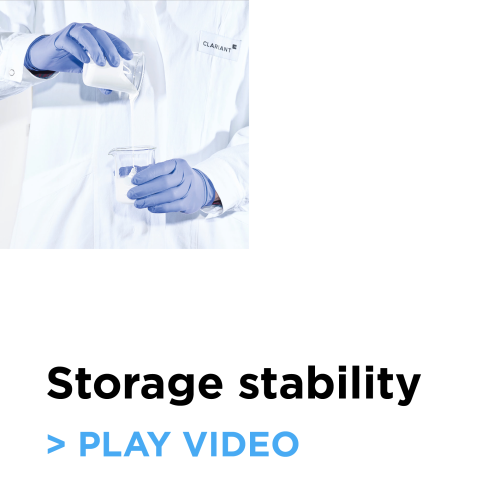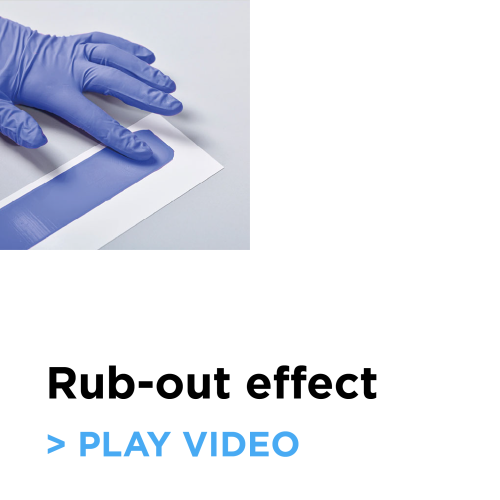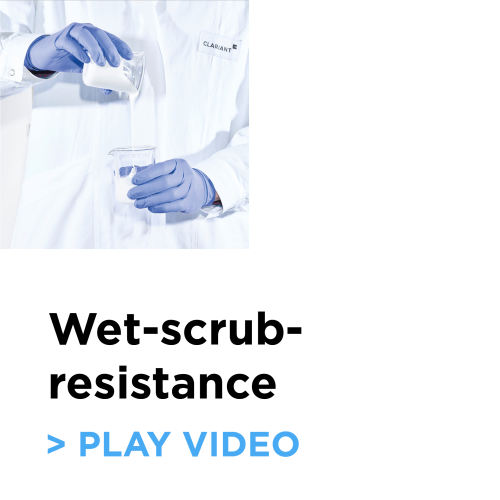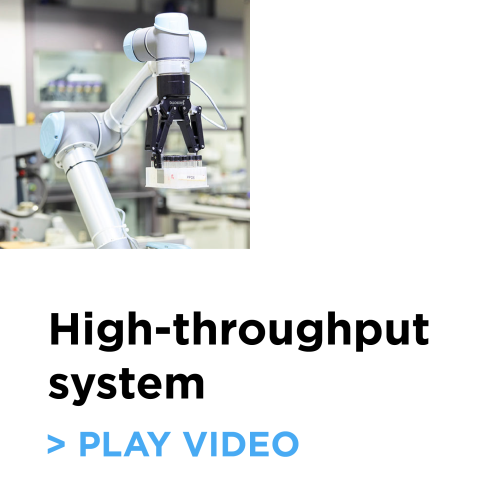Additives for Paints & Coatings
x
Any questions?
Our experts are standing by to offer you more details. Would you like to get in touch with one of them?
Simple solutions for complex problems
The paint industry faces complex formulation challenges. We know that the right additive or raw material can tip the scales. These simple yet sustainable solutions that conform to the latest regulatory and ecolabel requirements meet your performance goals and answer your needs at every step of the value chain.
Clariant offers a complete range of multifunctional additives such as wetting and dispersing agents, stabilizers and neutralizers. Additionally our product portfolio ranges from surfactants for emulsion polymerization to low-VOC additives for colorants and coatings. It also includes biocides, intermediates and process aids for various industrial applications.

